The magazine-fed, self-loading pistol came to the attention of American shooters at the end of the 19th century thanks to John Moses Browning (JMB), the prolific firearms inventor and a solid candidate for the patron saint of shootin’ stuff for us here in the USA.
Starting with his M1899, which was actually designed for the arms manufacturer Fabrique Nationale in Herstal for use by the Belgian army, JMB commenced on a series of pistols designed for, manufactured by and sold through FN and Colt that all had one thing in common: They were fed by detachable box magazines that carried each round stacked neatly and directly atop the one beneath it in the tube of the magazine body.
Whether it was a seven-shot .38 ACP (Automatic Colt Pistol) Colt M1900 or a six-shot FN M1905 chambered in 6.35mm Browning (aka .25 ACP), the magazines on these pistols were all of a single-stack sameness.
Double Or Something
But this wasn’t true across the wider world of self-loading pistols. Whether it was Mauser’s C96 “Broomhandle” semi-auto or the .32 ACP and .380 ACP Model 1907 pistols sold by Savage in the USA, there were ever-more numerous pistols that used staggered or side-by-side columns of rounds in the magazine to achieve a greater magazine capacity.
Most of these designs used smaller-caliber rounds and had magazine capacities around the 10-cartridge mark, so when JMB, with a posthumous design assist from Dieudonné Saive, turned out a 13-round, double-stack 9mm duty pistol, it made a big splash. The resulting GP35, better known as the Hi-Power, was used by all sides in the Second World War and became, in the postwar world, one of the most widely used military handguns ever.
The thing, however, is that in America the 9mm cartridge, known as the “9mm NATO” in some circles thanks to its adoption as the standard pistol and submachine gun round of the armies in that organization, was seen as a little … less. Somewhat effete, if you will.
Certainly as the sport of combat action pistol shooting spread out from the Southwest Pistol League into the wider International Practical Shooting Confederation, the 9mm cartridge wasn’t just looked down on, but faced actual scoring penalties, no matter how many Nazis it had bodied back in ’39-’45.
In this environment, the .45 ACP, as embodied in the classic single-stack M1911-pattern pistol faced a challenge. With an extended single-stack magazine you could get ten rounds into an M1911-pattern pistol, but there were issues. The worst one was that if you tack-welded a stop on the front of the magazine tube and a shooter smacked the magazine home hard enough with the heel of their hand, the overtravel stop could pop right off the mag body and the tube itself would get shoved up into the magazine well far enough to tie the gun up entirely.
Only In Canada, You Say?
The first solution actually came from Canada. A couple of boyhood buddies, Thanos Polyzos and Ted Szabo, who had been in the business of making paintball guns, got into the business of making widebody 1911 conversions in the mid-1980s. Para-Ordnance initially made their double-stack conversion frames as kits for people who already owned a .45ACP M1911-pattern pistol. I still remember reading about it myself for the first time in Soldier of Fortune magazine when I was in high school. Order this magic conversion kit (through an FFL, of course, because it was a frame) and suddenly your old Government Model was a 14+1 firehose of .45 ACP hardball rounds.
While Para didn’t instantly upend everything, it certainly caused manufacturers to start recalculating.
Staccato didn’t invent the double-stack 1911, but they christened it the 2011
In the early 1990s, Virgil Tripp and Sandy Strayer at STI came up with a double-stack frame for the M1911-pattern pistol that went the Para-Ordnance design one better. In their effort, the frame rails and mounting points for all the lockwork were contained in a metal chassis, and the grip and trigger guard were a separate polymer piece that was pinned to that chassis.
The STI was wildly successful in competition use, but still suffered stigma in the practical world. The necessity to maintain backwards compatibility with longer .38 Super/10mm/.45ACP rounds as well as mating up to the classic M1911 grip angle caused occasional feeding issues. The STI “2011”, as it was called, frequently needed tweaking of feed lips to match a specific pistol or load.
Probably the big turning point was Wilson Combat’s X-series of pistols. With no need to maintain backward compatibility with a previous magazine and via the conscious decision to be 9mm only, the Wilson EDC X9 abandoned the 1911 grip angle and embraced the grip (and magazine) angle of the Browning Hi-Power and its descendants.
This brings us to the current offerings from Staccato (neé STI) and the fact that they have an improved mag body that has eschewed .45ACP and a perfect reproduction of the M1911 grip angle.
It’s a big improvement, and better is as better does.
Read the full article here

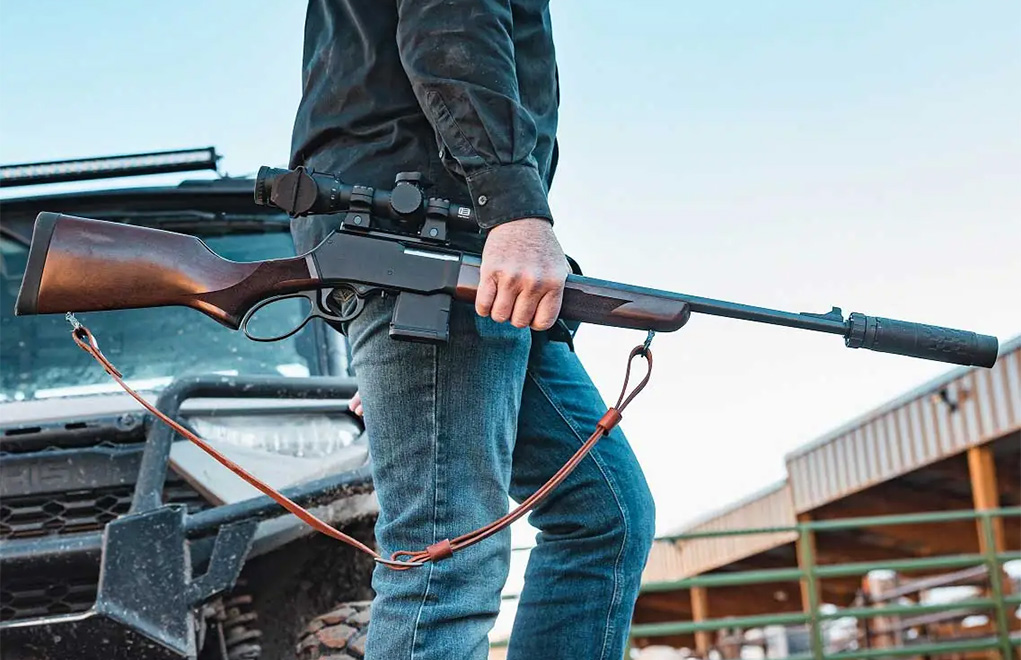

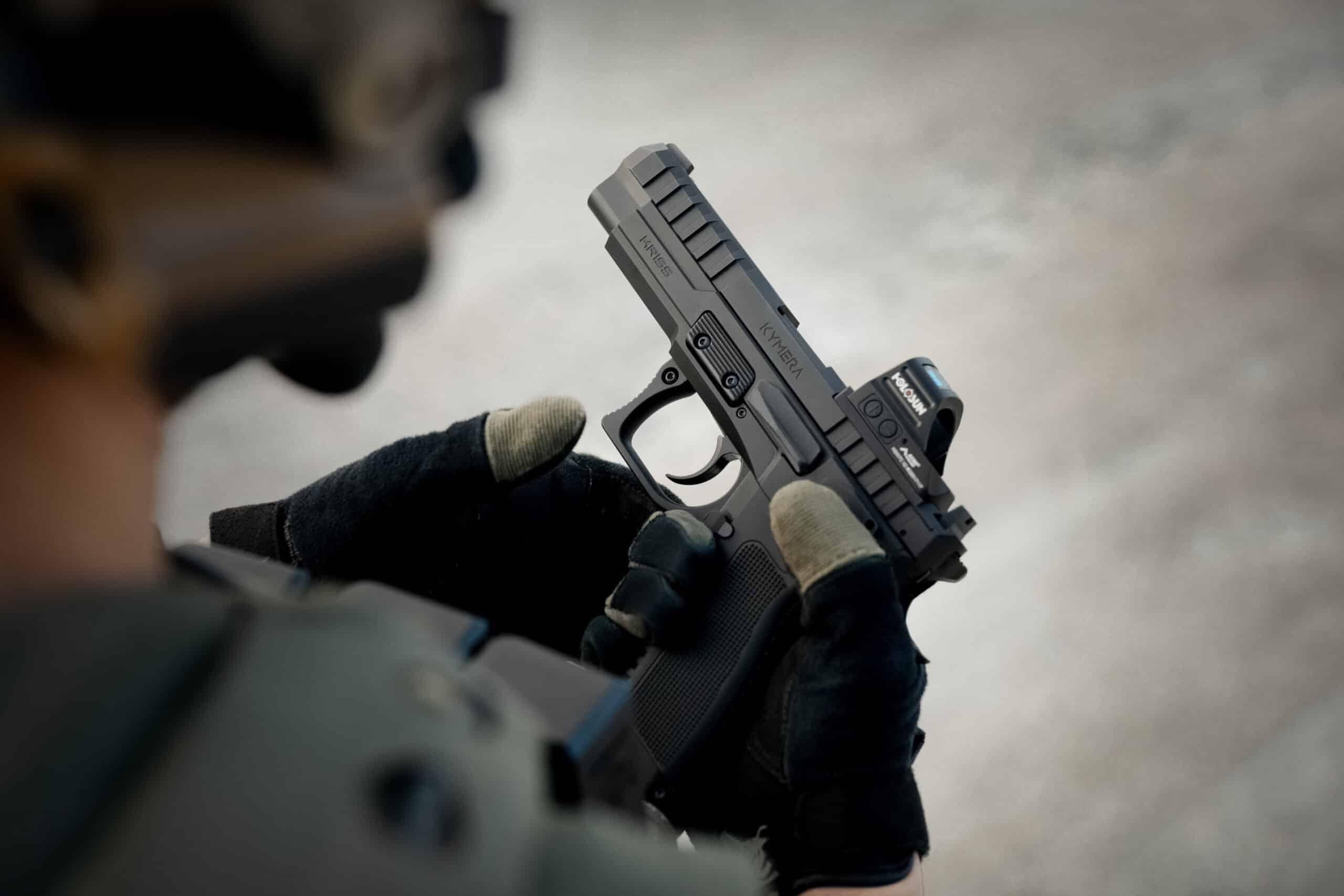


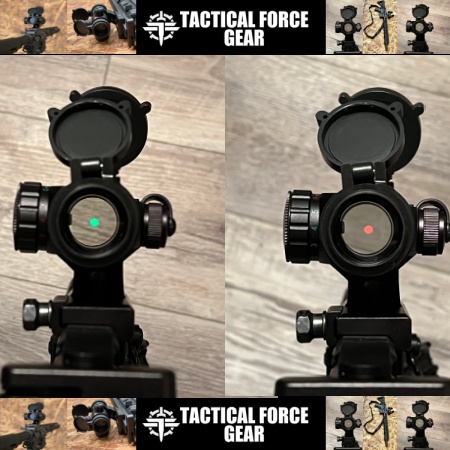
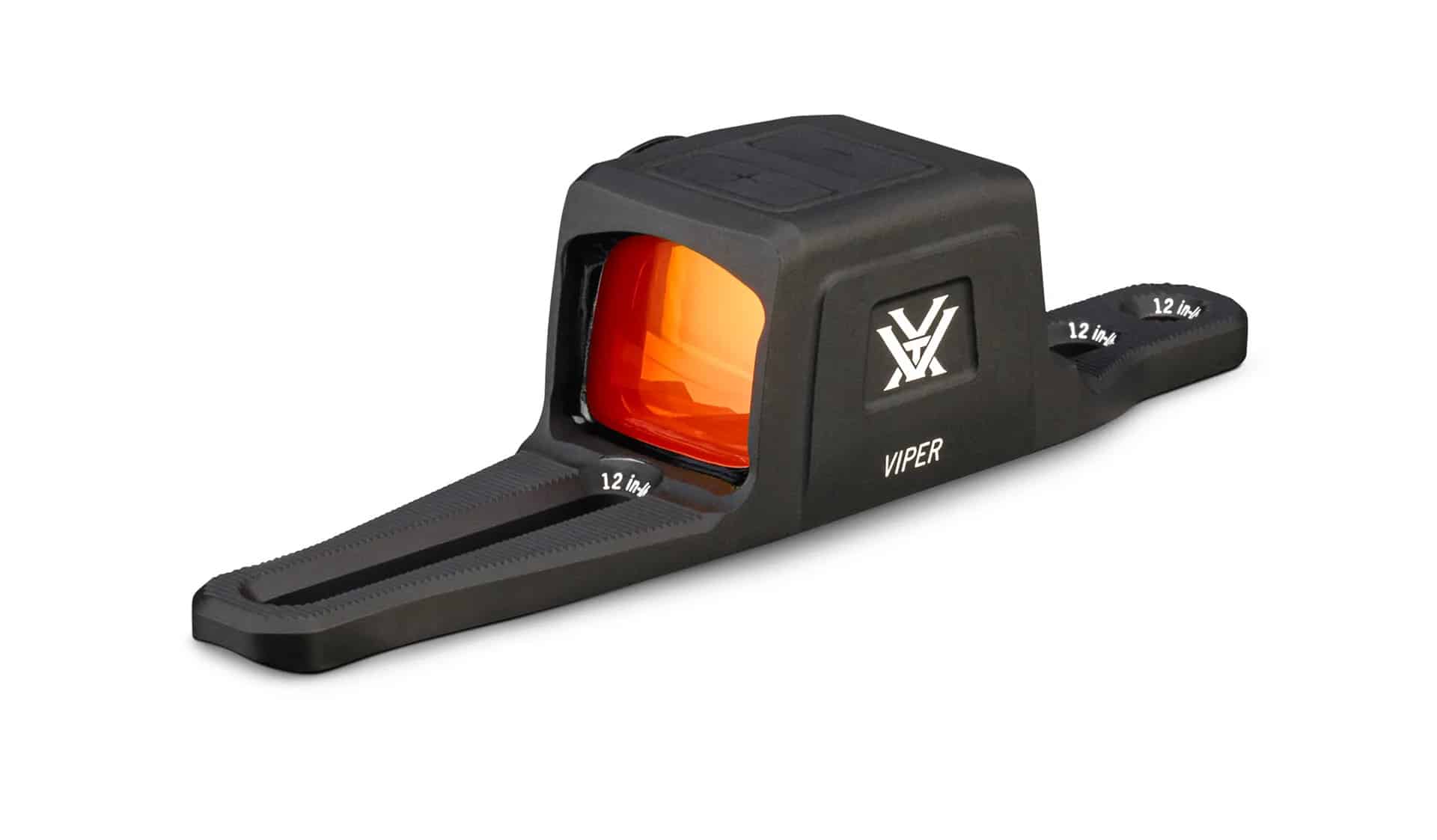
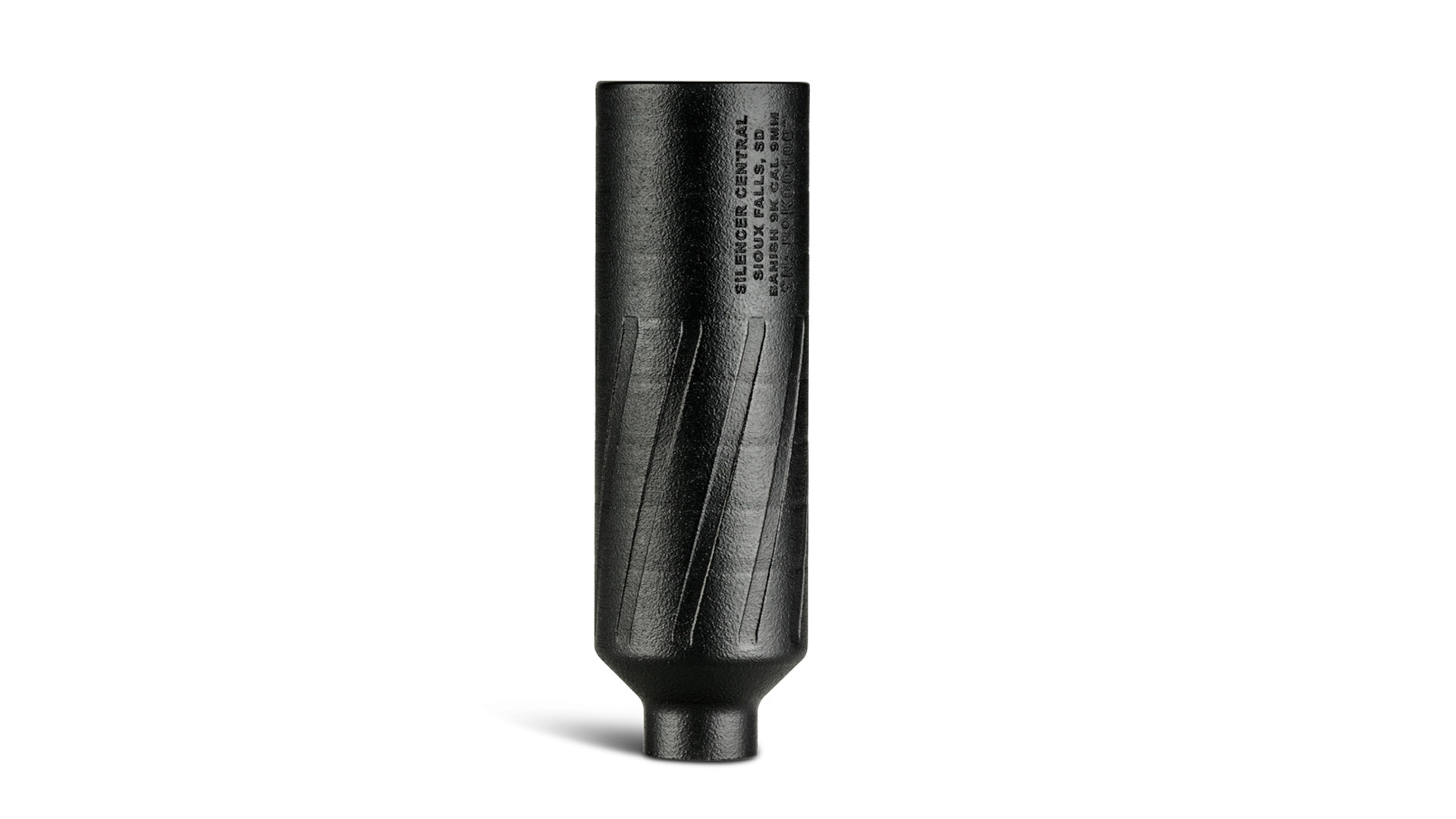

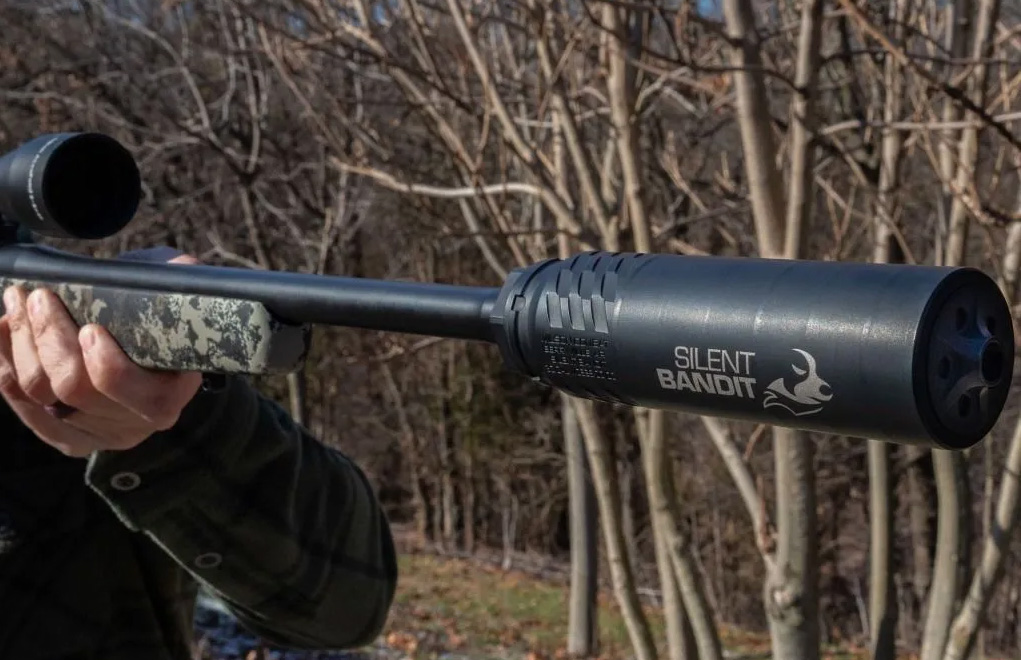
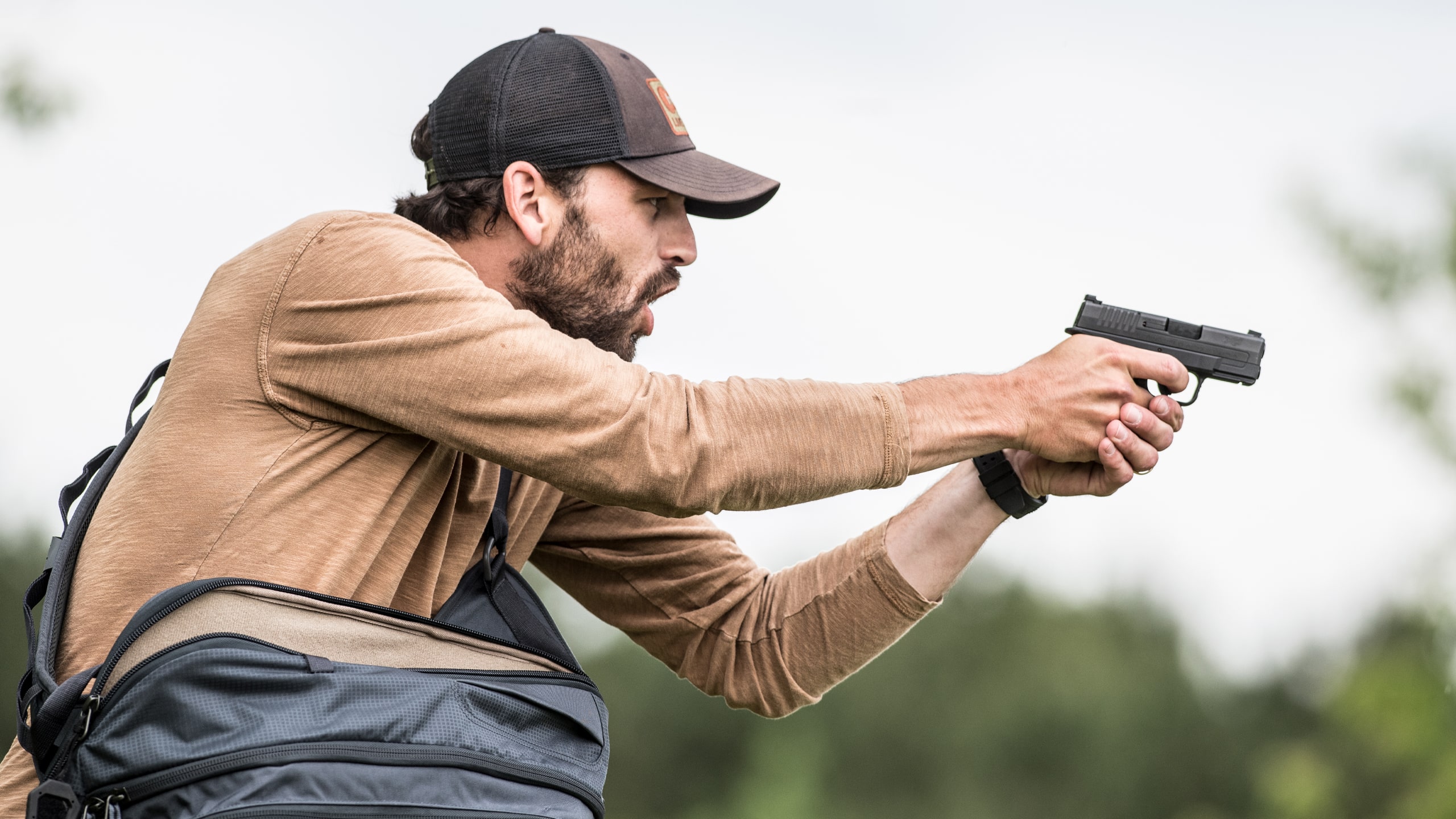
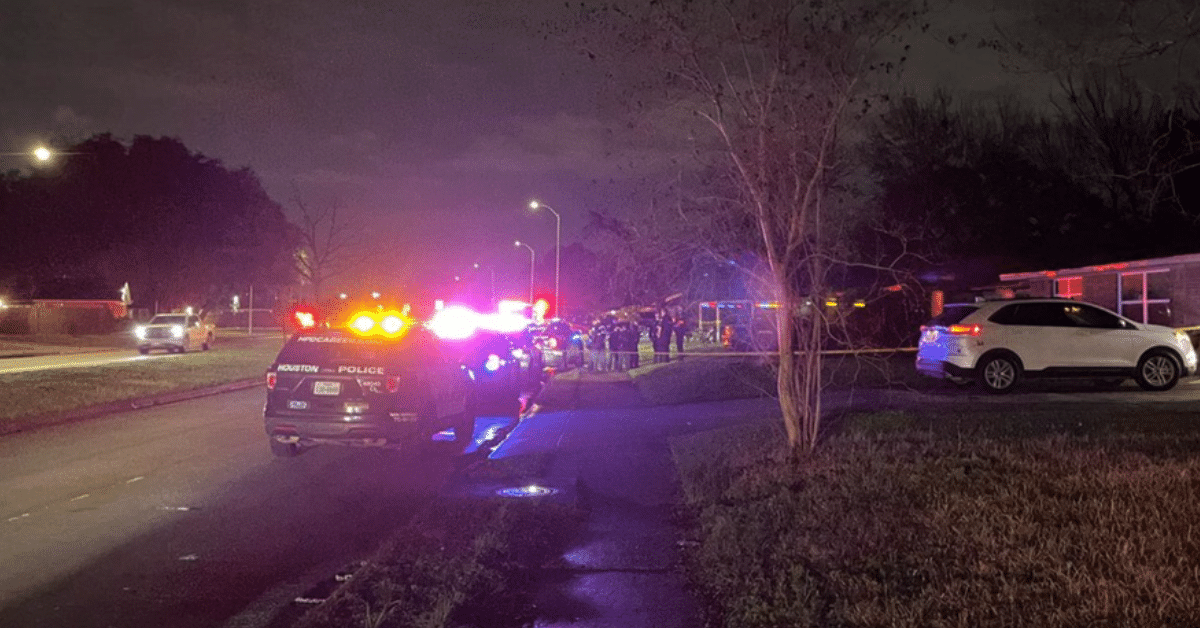
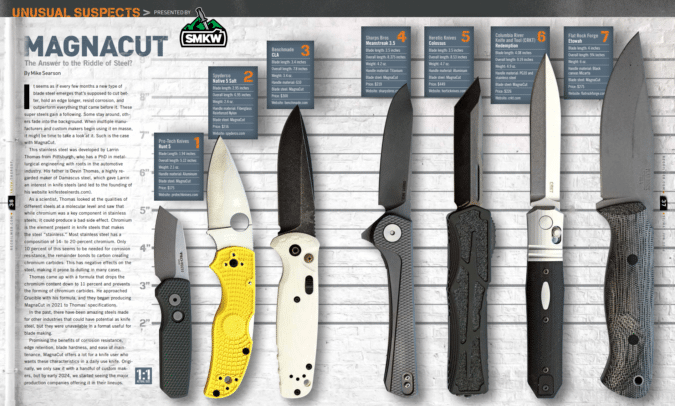


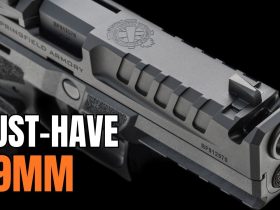

Leave a Reply